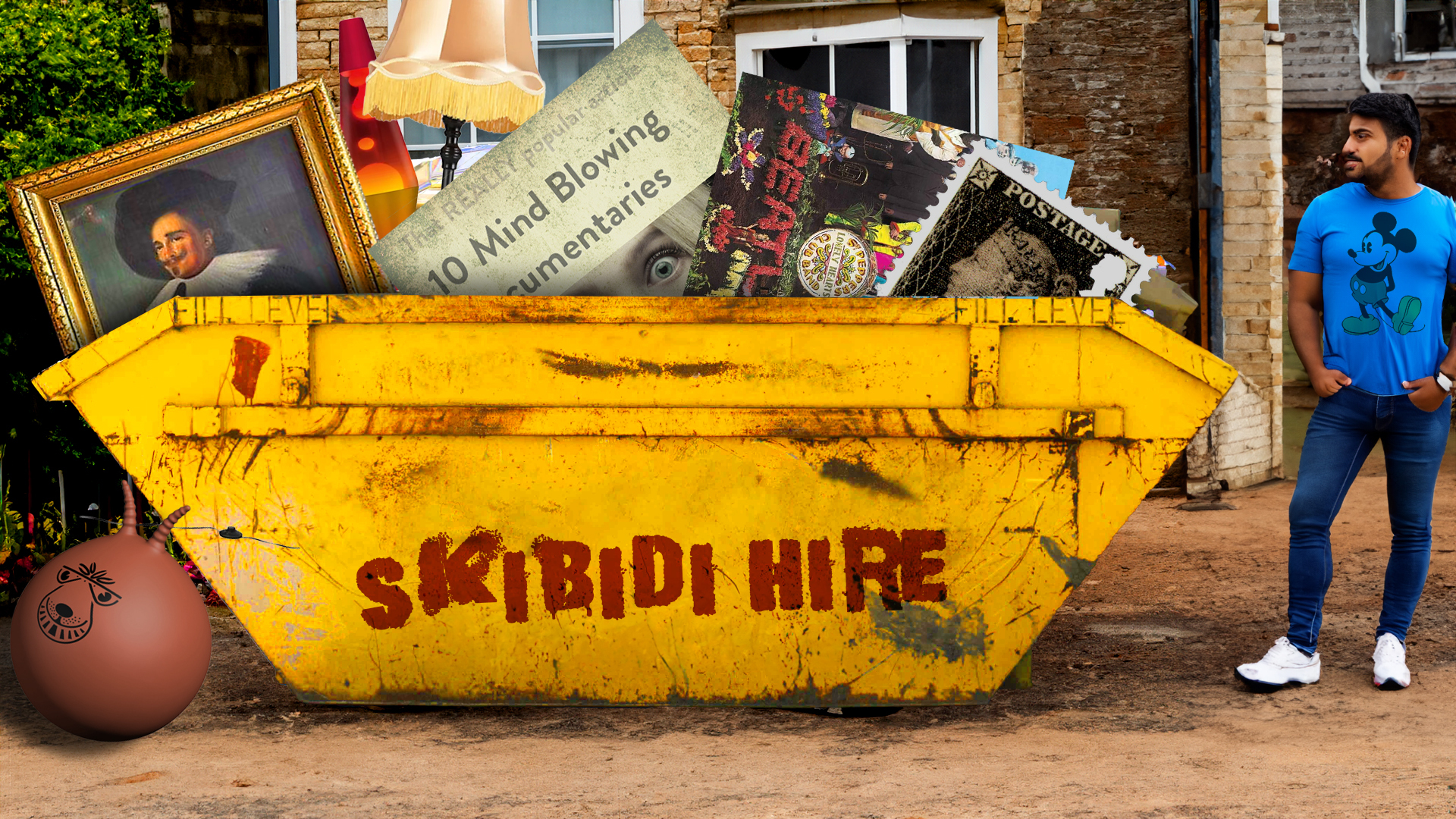First, a confession. Our content is a mess. Not the quality of the content, that’s very good. But the experience of finding and consuming our content is, well, at best it’s hit and miss, and in truth it’s mostly miss. Too much content, too fond of our little darlings.
We have many years worth of blogs, guides and stories, and we add to it every fortnight with articles written for The Clec. The website is creaking under the weight of it all, and something has to change.
A new site is on the cards, but we can get started now by seriously considering what can stay and what can go. And we hope that by sharing our methodology, it might help you too.
"The AI content explosion makes it harder to spot authentic, thoughtful writing,"
Because we know we’re not alone in creating a lot of content. So much so that it’s become impossible to see the wood for the trees.
It’s easy to stumble over content wherever you look. In an era of AI mass production anyone can create a blog, a podcast, a video on anything in seconds. But it’s mostly low quality, and unsatisfying. The AI content explosion has made it harder to find good, authentic, thoughtful, human writing that connects. So if you have good stuff, don’t bury it!
Now, more than ever, relevance and brevity are gifts you can give to your readers.
What stays
The big hitters. Certain pieces of content – like The power of the founder’s story. And how to write yours… – have performed consistently well for years. And that’s despite the fact that you can’t easily find it on the website any more. The Founder’s story is surfaced by search, and speaks directly to one of our target ideal clients – the founder of a purpose led business who wants to find their voice and tell their story. For us, it’s cornerstone content, it’s led us directly to some fantastic projects, and we need to give it a proper signposted home.
We’ll be checking our analytics for other content that’s still being read, and which feels bang on target for the people we most want to work with.
What goes
We’re writers and content creators, so we write for lots of reasons. Not just for marketing, but because we enjoy it, it amuses us, it helps us think. During the pandemic we leant on writing as a way to connect the team, and together generated lots and lots of listicles and blogs where we shared memories and experiences sparked by those early days of working from home. These can probably go now. Times have changed and people have moved on. Our pandemic writing may be of interest to future social historians, but for now, when we really want to connect with our clients and potential clients in the here and now, we’ll archive it.
Sadly it will mean saying goodbye to our best performing piece of content ever – 10 Mind Blowing Documentaries that will make you go OMG!- which has topped the Cohesive chart for years. It’s no great loss though. While thousands of people have landed on it, they never hang around to read it, as I don’t think it’s quite what they were expecting….
What gets repurposed
There are a lot of guides, longer ‘how to’ pieces that are still relevant to our target audience. They could do with being rounded up and given a home that makes sense to someone looking for guidance on, say, how to find and tell the story of their business. The repurposing is more refiling, than rewriting. Others in that category include guides where the principles and methodology might still be sound, but the references and examples we’ve used to illustrate it feel a bit dated.
Should I stay or should I go?
How to approach your great content audit:
Picture it | Get a clear picture of your ideal readers in mind before you start. Not too many, as you’re going to ask yourself whether each article is relevant to at least one of them before deciding whether it stays or goes. (So you don’t want to be trying to do this with twenty people!)
Analyse | Check your analytics. Understand what your best performing content is, and, if it’s still relevant to the people you want to connect with, don’t ditch it. But for the rest…
Be brutal | Kill your darlings is the advice given to aspiring fiction writers, and it holds true here too. Far better to have a handful of brilliant articles than an ocean of so-so ones. (And you don’t actually have to kill the ones that don’t quite make the grade, you can archive them to upcycle at a later date.)
Curate | Build collections for your ideal reader/ideal challenge. Draft some user journeys through your blogs. Where do you want a reader to start, and where would they go next, and next after that? If someone is really interested, make it easy and intuitive for them to read more.
Ripe for redevelopment |Some articles will be crying out for you to add more to them. Case study examples, client quotes, recent research, new insights. Don’t go down the rabbit hole of adding more now (remember your task is to cut and streamline your content). Archive them with a note of what you want to add, and schedule in some time to do it. Your future self will thank you.
Final bit of advice is to give yourself some relaxing time and space to do it. Clear your desk, make coffee, switch off notifications, and take regular breaks. Do whatever it takes to get you into the swing of making multiple decisions and not getting distracted.
Happy culling!





What do you think?